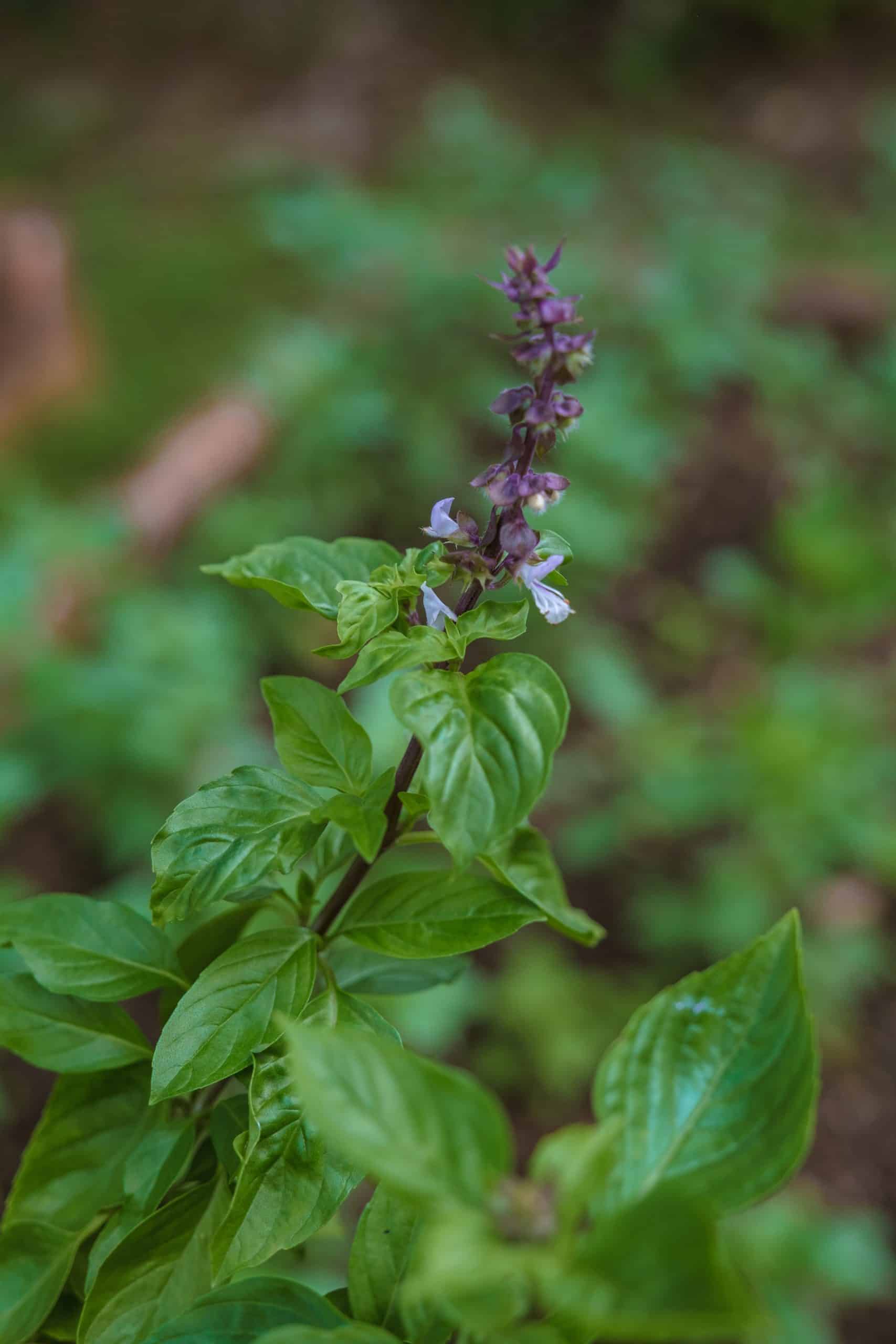As real estate developers, incorporating sustainable landscape design into your projects is an excellent way of enhancing property value, improving aesthetic appeal, and promoting environmental conservation. This article provides guidelines on crafting an eco-friendly landscaping plan tailored to your real estate development project. It will explore key elements such as the choice of plants, water conservation techniques, and sustainable design strategies that can create green, inviting outdoor spaces, while also being friendly to the environment.
1. Understanding the site and its needs
Before you even think about planting the first tree or sketching the initial layout, understanding the site is crucial. Take into consideration the natural features of the site, including its topography, sun exposure, wind patterns, and native plants. It’s vital and beneficial to work with the space you have, rather than attempting to drastically alter or impose upon it.
Lire également : How to apply the principles of universal design in commercial real estate to ensure accessibility?
Explore the site’s history, its previous uses, and the local climate. These factors will help guide your decisions on plant selection and placement, water needs, and overall design approach. For example, if your property is located in a dry, arid region, consider implementing a xeriscape design that minimizes water use and features drought-tolerant plants.
2. Selecting the right plants
Choosing the right plants for your landscaping project is a key factor in creating a sustainable and eco-friendly space. The primary consideration should be the use of native plants. These plants have evolved to thrive in your specific climate and soil type, requiring less maintenance, water, and fertilizers to survive and flourish.
En parallèle : What strategies can be used to attract remote workers to rural real estate markets?
You may also want to consider plants that provide multiple benefits. For instance, trees not only add aesthetic value, but they can also provide shade to buildings which reduces cooling costs in the summer. Moreover, plants like lavender and rosemary are not only beautiful and fragrant but also have pest-repelling qualities.
3. Incorporating water-wise strategies
Water conservation is a crucial aspect of sustainable landscaping. Even if your site is located in a region with abundant rainfall, it is still important to design with water efficiency in mind. Not only does this save on watering costs, but it also helps to preserve a valuable natural resource.
One effective strategy is to install an automatic irrigation system that can be precisely timed and targeted to provide the right amount of water when and where it’s needed. Additionally, consider incorporating rain gardens or bioswales, which are designed to capture and utilize rainwater.
Another approach is to group plants according to their water needs, a technique known as hydrozoning. This ensures that water-thirsty plants are not placed next to those that require less, preventing over or under-watering.
4. Designing for longevity and minimal maintenance
A truly eco-friendly landscape is one that is designed for longevity and requires minimal maintenance. This means selecting durable materials for hardscape elements and considering how the landscape will mature over time.
Consider the "life cycle" of each element of the design. Will it need to be replaced every couple of years, or can it last a decade? Materials like locally sourced stone or recycled composite decking are both sustainable and long-lasting options for patios and walkways.
When it comes to plantings, consider how they will grow and change over time. Will they provide shade where you need it? Will they overcrowd other plants or structures? Opt for slow-growing, long-lived species whenever possible.
5. Engaging with professionals
While there’s much you can do on your own, don’t hesitate to reach out to professionals who specialize in sustainable landscape design. They can provide expert advice on plant selection, soil preparation, irrigation systems, and more. They can also help you navigate local regulations and obtain the necessary permits for your project.
By investing in professional help, you can ensure that your landscape not only looks good but also functions well, supports local ecosystems, and stands the test of time. In the long run, an eco-friendly landscape can save you money, increase your property’s appeal, and contribute to a healthier planet. Remember, the principle that guides eco-friendly landscaping is the concept of giving back to nature more than you take.
6. Developing a base plan and incorporating green building principles
Drafting a base plan offers a foundation for your eco-friendly landscape design. This plan should detail the positioning of buildings, walkways, trees, shrubs, and other elements within the property. Remember, the goal is to work harmoniously with the natural features of the site and not against them.
Incorporating green building principles into the landscape design process is a step towards an eco-friendly approach. From the initial design phase to the selection of materials and construction methods, every decision should be guided by principles of sustainability. Reclaimed or recycled materials, for instance, can be used in the construction of outdoor rooms and patios. Furthermore, paths and driveways made from permeable paving blocks can aid in stormwater management by allowing rainwater to seep into the ground rather than flowing into the storm drains.
Green infrastructure, such as rain gardens, bioswales, and green roofs, can also be part of the design plan. These features offer numerous environmental benefits including water conservation, improved air quality, and increased biodiversity. They also contribute to the aesthetic appeal of your real estate development.
7. Opting for sustainable pest management
Pests can be a significant concern in landscape management. However, it’s possible to manage pests in a sustainable and eco-friendly manner. Opt for integrated pest management strategies that focus on long-term prevention of pests through a combination of techniques such as biological control, habitat manipulation, and modification of cultural practices.
Encourage biodiversity by incorporating a variety of native plants. Having a diverse range of plants can attract beneficial insects and birds that naturally control pest populations. Plants that are native to your area are also more resistant to local pests, reducing the need for harmful pesticides.
Conclusion
Creating an eco-friendly landscape design for your real estate development project requires thoughtful planning and a commitment to sustainability. From understanding the site and its needs, selecting the right plants, incorporating water-wise strategies, designing for longevity, engaging with landscape architects, developing a base plan, and opting for sustainable pest management, every step in the process counts towards creating green spaces that not only enhance the value of your property but also contribute to a healthier environment.
Implementing these guidelines can lead to the creation of an outdoor space that is beautiful, functional, and eco-friendly. Remember, the key to successful eco-friendly landscaping is giving back more to nature than you take. By doing so, you’re not only creating a sustainable landscape for your property, you’re also taking part in the bigger picture of environmental conservation and sustainable living. As more and more real estate developers adopt these practices, we come closer to a future where eco-friendly, sustainable landscapes are the norm, not the exception.










